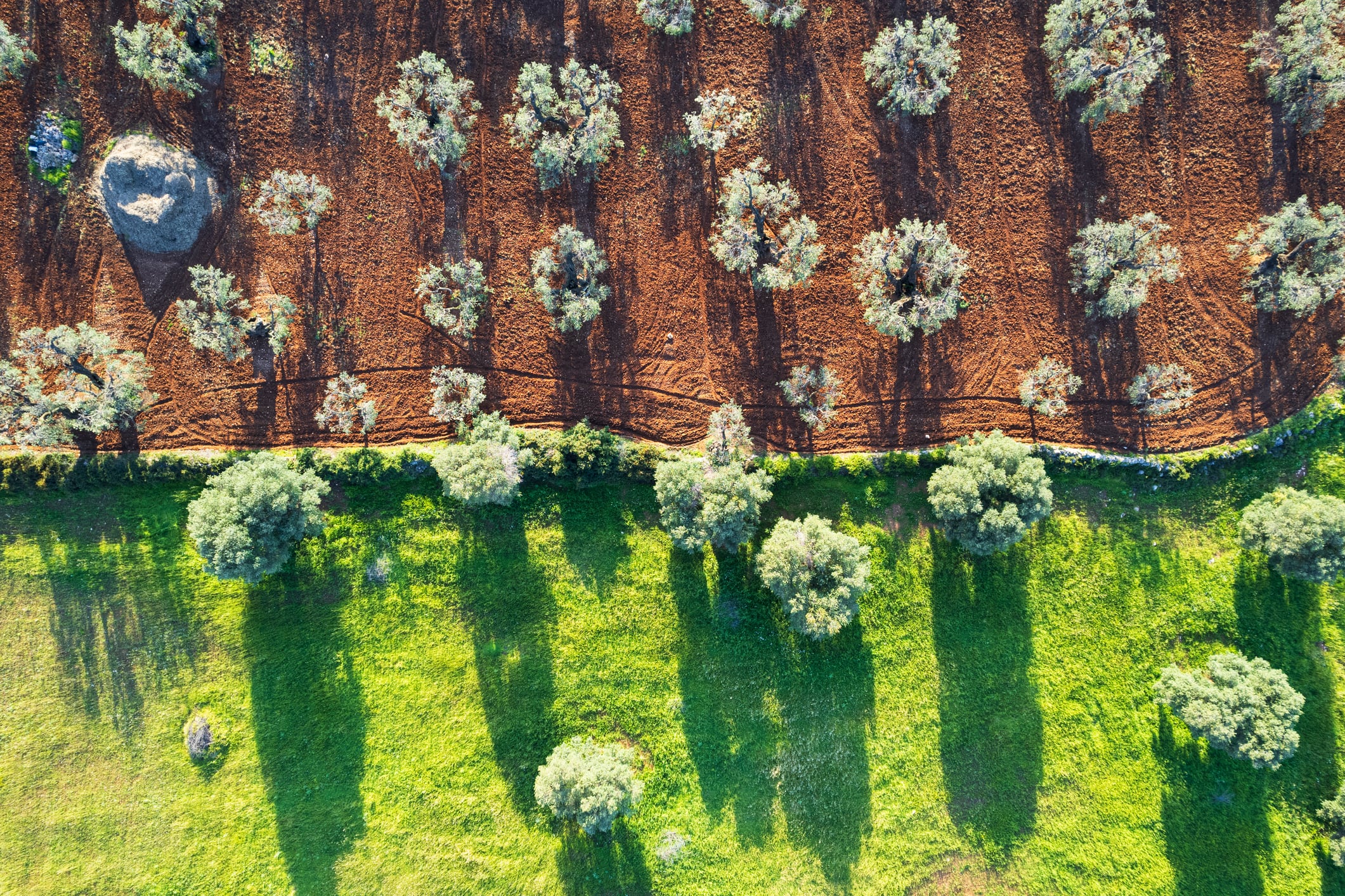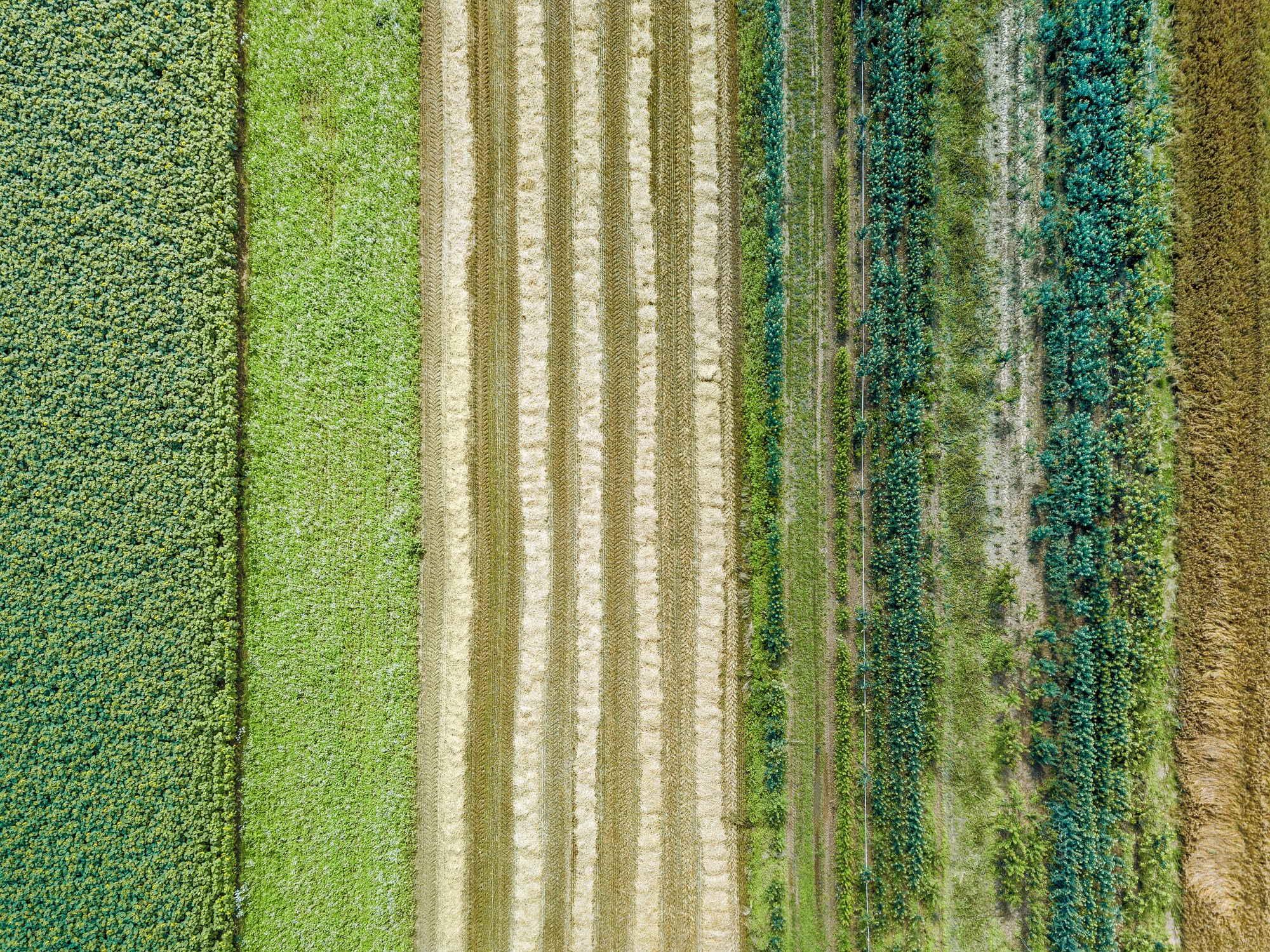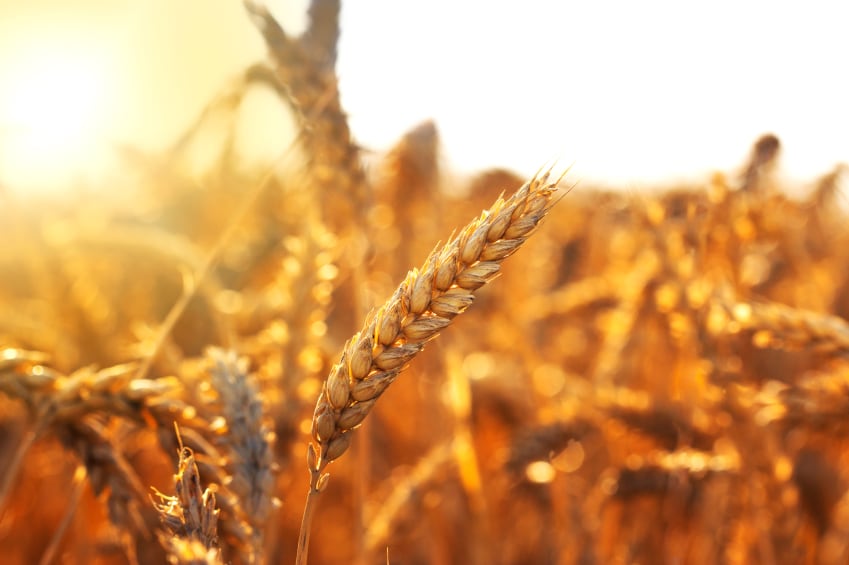The study benchmarked 78 regenerating farms in 14 European countries covering over 7,000 hectares between 2020 and 2023 against neighbouring and average conventional farms.
Their performance was assessed by agricultural and ecological productivity presented in a “new, simple and comprehensive multidimensional index” called Regenerating Full Productivity (RFP).
Regenerative farms in the 14 countries achieved, on average, a 32% higher RFP score than conventional farms, with country-level gains ranging from 14% to 52%.
While average yields were just 2% lower than conventional farms, regenerative farms used 61% less synthetic nitrogen fertiliser and 76% fewer pesticides per hectare, and relied exclusively on local feed sources rather than importing over 30% of livestock feed as is common in conventional systems.
Regenerative farms demonstrated 24% higher photosynthetic activity, 23% more soil cover, and 17% greater plant diversity, all of which contribute to resilience, soil health, and long-term productivity.
The report refuted what it called the assumption that high-input, chemical-intensive farming is necessary for European food security, showing that regenerative systems can deliver yield parity with far lower costs and environmental impact.
And In light of new estimates putting the costs of climate-induced losses for the agricultural sector at over €28 billion a year, EARA claimed regenerating forms of agriculture can protect climate resilience, food security, improved economic returns for farmers and for the food supply chain as a whole. If regenerative practices were adopted on half of Europe’s farmland, the report projects this could more than offset current EU agricultural emissions; full adoption could mitigate three times current agricultural emissions.
What regenerative methods were used?
The report defined regenerative outcomes as “the continuous improvement of all decisive productivity factors”. It pointed to practices such as agroecology, agroforestry, conservation agriculture, organic agriculture, animal husbandry, market gardening, holistic planned grazing and those that can help exceed in input reduction, biological improvements and yield resilience, while achieving regenerative outcomes in their particular context.
“The Green Revolution can be put to the dustbin of history,” said Simon Kraemer, EARA’s executive director of and lead author of the study. “The 4th agricultural revolution is here, led by farmers joining forces with Nature, relearning ancient wisdom and holistic worldviews, combined with newest science and autonomy-enhancing technology.”
He told AgTechNavigator which regerative practices standout. “To me personally, it’s the farmers realising they want to steward for maximising photosynthesis over the whole year on all their land and that it’s best achieved by creating ever more diverse communities (plants and animals) in ever more sophisticated cooperation. All the practices (cover crops, holistic planned grazing, agroforestry, microbiological fertilisation, etc.) in the end are optimised by this insight.”
‘The greatest barrier in Europe is operational and perceived risk of transition’
Asked how can famers best manage the often significant up-front costs involved in switching to regenerative practices, he told us: “Upfront cost in terms of capital investments in machinery etc is not the real barrier apart of water harvesting earthworks and agroforestry whose benefits banks don’t really understand yet.
“The greatest barrier in Europe is operational and perceived risk of transition. To address both barriers we have developed specific transition frameworks adaptable to local and regional contexts, at the heart of it is an operational transition insurance for farmers to take the operational transition risks of their back and hence the barrier out of their way.”





